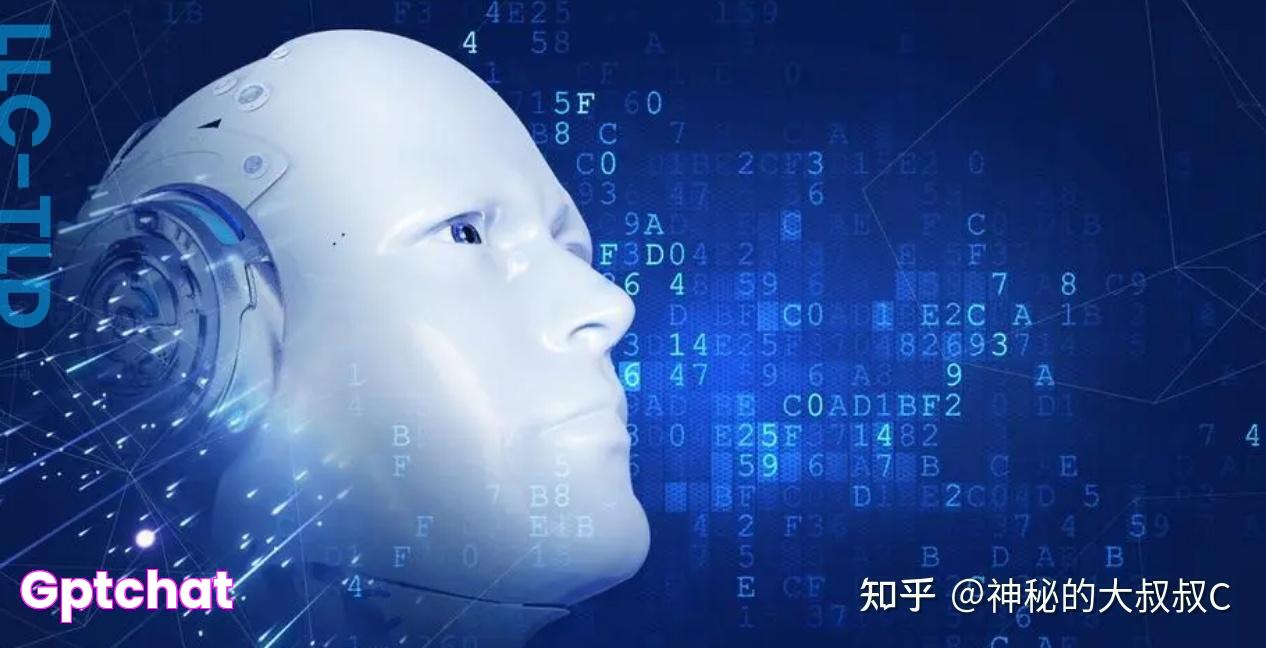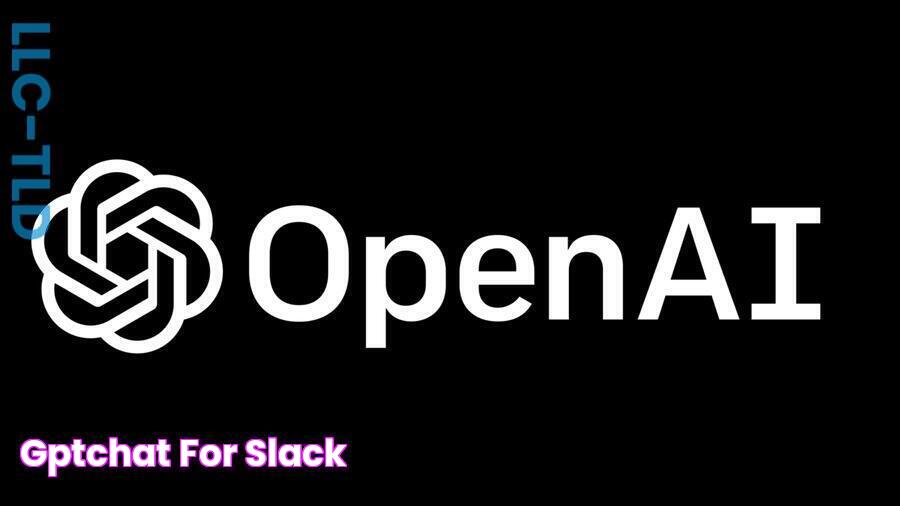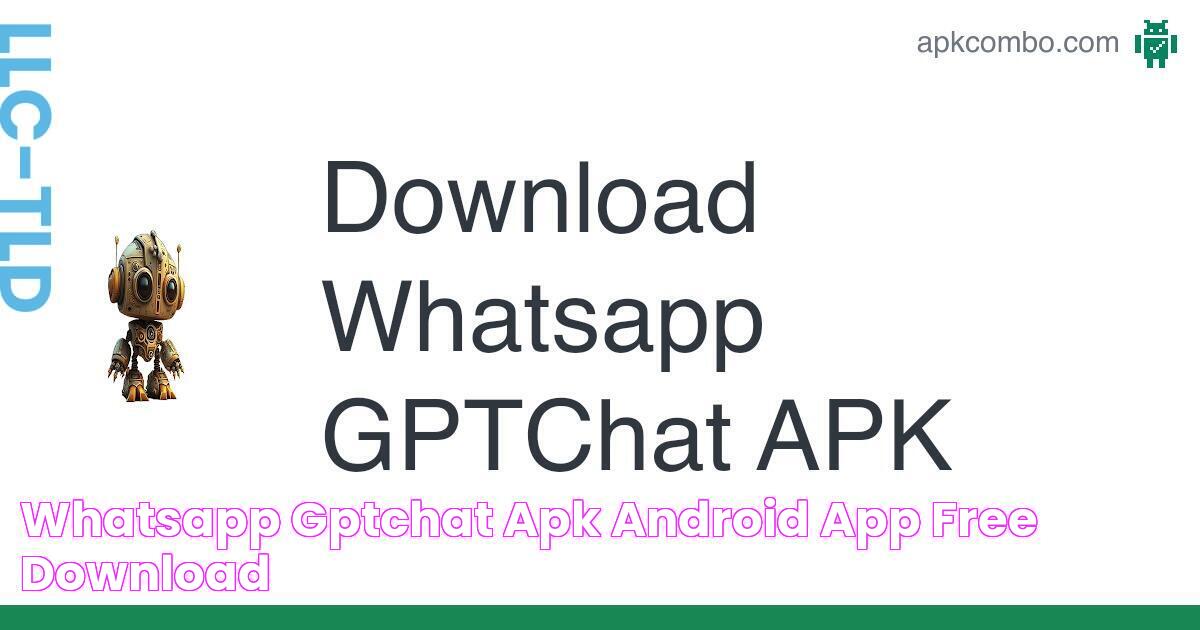Enhance Your Writing With The Power Of GpyChat: A Comprehensive Guide
GPT-3 (Generative Pre-trained Transformer 3) is a state-of-the-art language model developed by OpenAI. It's renowned for its exceptional text generation capabilities, natural language understanding, and translation skills.
GPT-3 is instrumental in driving advancements in natural language processing (NLP), enabling machines to comprehend and generate human-like text. Its prowess has led to groundbreaking applications in fields such as dialogue systems, machine translation, and content creation.
In this article, we delve deeper into the fascinating world of GPT-3, exploring its inner workings, showcasing its remarkable applications, and discussing its potential impact on shaping the future of human-computer interaction.
Read also:Yellowstone Sarah Atwoods Shocking Death Stuns Fans
GPT-3
GPT-3, a natural language processing model, offers a comprehensive suite of capabilities that redefine human-computer interaction.
- Generative: GPT-3 can create unique, human-like text, enabling novel applications in content creation and dialogue systems.
- Pre-trained: Trained on a massive dataset, GPT-3 possesses a deep understanding of language patterns and relationships.
- Transformer: Its transformer architecture allows it to process vast amounts of text efficiently, capturing complex relationships within the data.
- Scalable: GPT-3's size and flexibility make it adaptable to diverse tasks and domains.
- State-of-the-art: GPT-3 consistently outperforms other language models in various NLP tasks, setting new benchmarks in the field.
- Versatile: Its capabilities extend beyond text generation and understanding, including translation, question answering, and summarization.
These key aspects collectively empower GPT-3 to drive innovation in NLP and beyond. Its ability to generate coherent and engaging text has the potential to revolutionize industries such as journalism, marketing, and entertainment. As research and development continue, GPT-3's impact on our daily lives is poised to grow even more profound.
1. Generative
The generative capabilities of GPT-3 form the cornerstone of its functionality and drive its transformative impact on content creation and dialogue systems. GPT-3's ability to produce coherent, human-like text opens up a world of possibilities for developing innovative applications.
For instance, in content creation, GPT-3 empowers businesses to generate engaging and informative articles, product descriptions, and marketing copy. Its natural language understanding allows it to capture the nuances and style of different writing formats, producing content that resonates with target audiences.
Similarly, in dialogue systems, GPT-3 enables the creation of sophisticated chatbots and virtual assistants that can engage in natural and informative conversations with users. Its ability to generate human-like responses and understand user intent makes it an ideal solution for customer service, technical support, and other interactive applications.
Understanding the generative capabilities of GPT-3 is crucial to harnessing its full potential and driving innovation in NLP. By leveraging its ability to create unique, human-like text, developers can unlock new frontiers in content creation, dialogue systems, and beyond.
Read also:Uncovering The Life Of Teresa Kaepernick From Activist To Inspiration
2. Pre-trained
GPT-3's pre-training on an extensive dataset is the foundation for its exceptional performance in NLP tasks. This training exposes it to vast quantities of text, allowing it to learn the intricate relationships and patterns within language.
- Language Model: GPT-3's pre-training enables it to function as a powerful language model, capable of predicting the next word in a sequence based on the preceding context. This capability underpins various NLP applications, including text generation, language translation, and question answering.
- Contextual Understanding: The pre-training process imbues GPT-3 with the ability to comprehend the context of text, capturing the relationships between words and phrases. This contextual understanding empowers GPT-3 to generate coherent and meaningful text, even in complex or ambiguous situations.
- Semantic Relationships: GPT-3's pre-training allows it to learn the semantic relationships between words and concepts. It can identify synonyms, antonyms, and other semantic connections, enabling it to perform tasks such as text summarization and text classification.
- Language Generation: The pre-trained nature of GPT-3 makes it an effective language generator. It can produce human-like text, articles, stories, and even poetry, demonstrating its proficiency in generating coherent and engaging content.
In summary, GPT-3's pre-training on a massive dataset provides the cornerstone for its impressive language processing abilities. This pre-training enables it to perform a wide range of NLP tasks with exceptional accuracy and fluency, making it a transformative tool in the field of natural language processing.
3. Transformer
GPT-3's transformer architecture is a crucial component that empowers it with exceptional capabilities in natural language processing. The transformer architecture, introduced in the seminal paper "Attention Is All You Need" by Vaswani et al. (2017), revolutionized NLP by introducing the concept of self-attention and allowing models to process sequential data more efficiently.
The transformer architecture consists of encoder and decoder blocks. The encoder block takes a sequence of input data, such as a sentence or document, and converts it into a fixed-length vector, capturing the semantic meaning and relationships within the input. This vector is then passed to the decoder block, which generates the output sequence, such as a translation, summary, or text generation.
The key advantage of the transformer architecture lies in its self-attention mechanism. Unlike previous models, which processed data sequentially, the transformer allows each part of the input sequence to attend to all other parts, capturing long-range dependencies and complex relationships. This enables GPT-3 to understand the context and relationships within the input text comprehensively, leading to more accurate and fluent language processing.
In practice, the transformer architecture has significantly improved the performance of NLP tasks such as machine translation, text summarization, question answering, and dialogue generation. GPT-3, with its massive size and advanced transformer architecture, has pushed the boundaries of NLP even further, achieving state-of-the-art results on a wide range of NLP benchmarks.
In summary, the transformer architecture is a fundamental component of GPT-3, enabling it to process vast amounts of text efficiently and capture complex relationships within the data. This architectural advantage underpins GPT-3's exceptional performance in various NLP tasks, making it a transformative tool in the field of natural language processing.
4. Scalable
The scalability of GPT-3 is a key factor contributing to its versatility and wide-ranging applicability. Its massive size, with billions of parameters, allows it to learn from vast amounts of data, capturing intricate patterns and relationships within language.
Furthermore, GPT-3's flexibility enables it to adapt to diverse tasks and domains. It can be fine-tuned for specific applications, such as question answering, dialogue generation, or code generation, by providing additional training data and adjusting its parameters.
This combination of size and flexibility makes GPT-3 a powerful tool for a wide range of real-world applications. For example, it has been used to develop sophisticated chatbots, language translation systems, and content creation tools. Its adaptability also allows it to be integrated into various software platforms and services, extending its reach and impact.
Understanding the scalability of GPT-3 is crucial for harnessing its full potential and driving innovation in NLP. By leveraging its size and flexibility, developers can create tailored solutions for diverse tasks and domains, pushing the boundaries of what is possible with language technology.
5. State-of-the-art
GPT-3's state-of-the-art performance in natural language processing (NLP) tasks is a testament to its advanced capabilities and sets it apart as a leader in the field. This section explores the key facets of GPT-3's superiority and its implications for language technology.
- Accuracy and Fluency: GPT-3 consistently achieves high accuracy and fluency in various NLP tasks, including language translation, question answering, and text summarization. Its ability to capture the nuances and complexities of language enables it to produce human-like text and provide informative and accurate responses.
- Few-Shot Learning: GPT-3 demonstrates impressive few-shot learning abilities, performing well on tasks with limited training data. This capability makes it adaptable to new domains and tasks, allowing developers to quickly deploy GPT-3-based solutions without extensive data collection and annotation.
- Transferability: GPT-3's knowledge and skills can be transferred to different NLP tasks and domains through fine-tuning. This transferability reduces the need for task-specific training and enables GPT-3 to excel in a wide range of applications.
- Scalability: GPT-3's massive size and efficient architecture allow it to scale to large datasets and complex tasks. This scalability makes it suitable for handling real-world NLP challenges that require processing vast amounts of text data.
In summary, GPT-3's state-of-the-art performance in NLP tasks stems from its advanced architecture, massive training data, and innovative techniques. These factors combine to make GPT-3 a powerful and versatile tool for a wide range of language-related applications.
6. Versatile
The versatility of GPT-3 is a key aspect that sets it apart from other language models. Its capabilities extend beyond text generation and understanding, encompassing a wide range of NLP tasks, including translation, question answering, and summarization.
This versatility stems from GPT-3's massive size and advanced architecture. Its training on a diverse dataset enables it to learn the intricacies of different languages and domains. Additionally, its transformer-based architecture allows it to process and understand complex relationships within text.
The practical significance of GPT-3's versatility is immense. It enables the development of multifaceted NLP applications that can handle a variety of tasks. For example, GPT-3 can be used to create multilingual chatbots, provide real-time translation services, and generate informative summaries of lengthy documents.
Moreover, the versatility of GPT-3 facilitates cross-domain knowledge transfer. It can be fine-tuned for specific domains, such as healthcare or finance, enabling the development of specialized NLP solutions. This adaptability makes GPT-3 a valuable tool for researchers and practitioners in various fields.
In summary, the versatility of GPT-3 is a key driver of its transformative impact on NLP. Its ability to perform a wide range of tasks with high accuracy and fluency opens up new possibilities for language-based applications and strengthens its position as a leading force in the field of natural language processing.
GPT-3 FAQs
This section addresses frequently asked questions (FAQs) about GPT-3, providing concise and informative answers to common concerns and misconceptions.
Question 1: What is GPT-3?GPT-3 (Generative Pre-trained Transformer 3) is a highly advanced language model developed by OpenAI. It possesses exceptional abilities in natural language processing, including text generation, translation, and question answering.
Question 2: How does GPT-3 work?GPT-3 is trained on a massive dataset of text and code, allowing it to learn the patterns and relationships within language. Its transformer-based architecture enables it to process and understand complex sequences of words.
Question 3: What are the benefits of using GPT-3?GPT-3 offers numerous benefits, including its ability to generate human-like text, translate languages, answer questions, and summarize documents. It can enhance the efficiency and effectiveness of various NLP-based applications.
Question 4: What are the limitations of GPT-3?GPT-3, like any AI model, has certain limitations. It can sometimes generate biased or nonsensical text, and its factual accuracy may vary. Additionally, it requires significant computational resources to operate.
Question 5: How will GPT-3 impact the future?GPT-3 has the potential to revolutionize industries that rely on natural language processing. It can improve customer service, enhance content creation, and advance research in various fields. Its impact on the future of NLP and beyond is highly anticipated.
Question 6: Is GPT-3 safe to use?The safety of GPT-3 depends on the context and purpose of its use. It is crucial to consider ethical and responsible usage to avoid potential misuse or unintended consequences.
Summary: GPT-3 is a transformative language model with remarkable capabilities and potential applications. Its strengths and limitations should be carefully considered to maximize its benefits and mitigate risks.
Transition: Having explored the FAQs about GPT-3, let's delve deeper into its technical details and practical applications.
Tips for Utilizing GPT-3 Effectively
To harness the full potential of GPT-3 and achieve optimal results, it is essential to adopt effective strategies and best practices. Here are some valuable tips to guide your usage of GPT-3:
Tip 1: Define Clear Objectives: Before engaging with GPT-3, clearly outline your desired outcomes and goals. This will help you tailor your prompts effectively and obtain the most relevant and targeted responses.
Tip 2: Provide Context and Examples: When crafting your prompts, provide ample context and examples to guide GPT-3's understanding. This helps the model comprehend the task at hand and generate more accurate and tailored responses.
Tip 3: Fine-tune Parameters: GPT-3 offers various parameters that can be adjusted to influence its behavior. Experiment with these parameters, such as temperature and top-p, to achieve the desired balance between creativity and accuracy.
Tip 4: Evaluate and Iterate: Continuously evaluate the outputs generated by GPT-3 and provide feedback to refine its performance. This iterative process helps improve the model's accuracy and alignment with your specific requirements.
Tip 5: Explore Use Cases: Familiarize yourself with the diverse range of applications where GPT-3 excels. Explore its capabilities in text generation, translation, question answering, and more, to identify the most suitable use cases for your projects.
Tip 6: Monitor Developments: GPT-3 is under constant development, with regular updates and improvements. Stay informed about these advancements to leverage the latest features and enhancements offered by the model.
Tip 7: Consider Ethical Implications: As with any powerful technology, it is crucial to consider the ethical implications of using GPT-3. Use the model responsibly, avoiding biased or harmful applications, and respecting intellectual property rights.
Tip 8: Seek Expert Guidance: If required, seek guidance from experts in the field of natural language processing or artificial intelligence. Their insights can help you navigate the complexities of GPT-3 and maximize its benefits.
By following these tips, you can effectively harness the capabilities of GPT-3 and drive innovation in your projects. Remember to continually explore, experiment, and refine your approach to unlock the full potential of this transformative language model.
Summary: GPT-3 offers immense potential for revolutionizing natural language processing. By adopting these effective practices, you can optimize your usage of GPT-3, achieving exceptional results and driving success in your endeavors.
Transition: Having explored the tips for utilizing GPT-3 effectively, let's delve into its diverse applications and the transformative impact it is making across various industries.
Conclusion
GPT-3 stands as a groundbreaking advancement in the field of natural language processing. Its exceptional capabilities have opened up a realm of possibilities for human-computer interaction, content creation, and beyond. As we continue to explore the depths of GPT-3's potential, it is essential to approach its development and utilization with responsibility and foresight.
The transformative impact of GPT-3 is undeniable, empowering us to automate tasks, enhance communication, and gain deeper insights from vast volumes of text data. As this technology continues to evolve, it is our collective responsibility to harness its potential for good, fostering progress and innovation while safeguarding ethical and responsible practices.
Danny Masterson's Net Worth In 2024: A Comprehensive Overview
Discover Integrative Musculoskeletal Care Near Union City For Optimal Healing
Discover: Are SS Troops Slyly Manipulative?


